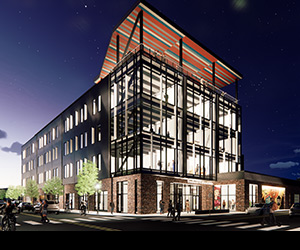Event Not Found
We're sorry, the event you were looking for seems to have expired or been removed.
Please check the calendar or consider the upcoming events below...
July 2024 | |||
| Sat | 27 | Memory and Longing : Anna Kocher | |
| Sat | 27 | National Scenic Visitors Center’s “Earthwalk Explorer” Experience | |
August 2024 | |||
| Fri | 2 | Musikfest Hot Glass Experience | |
| Sat | 3 | Musikfest Hot Glass Experience | |
| Sat | 3 | Soul Abstract Painting | |
| Sun | 4 | Musikfest Hot Glass Experience | |
| Mon | 5 | Musikfest Hot Glass Experience | |
| Tue | 6 | Musikfest Hot Glass Experience | |
| Wed | 7 | Musikfest Hot Glass Experience | |
| Thu | 8 | Musikfest Hot Glass Experience | |








